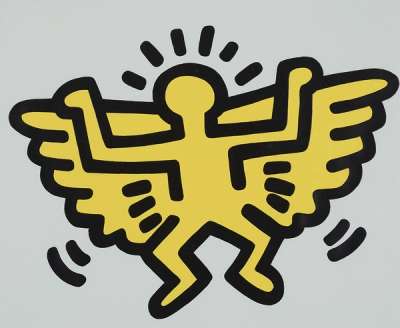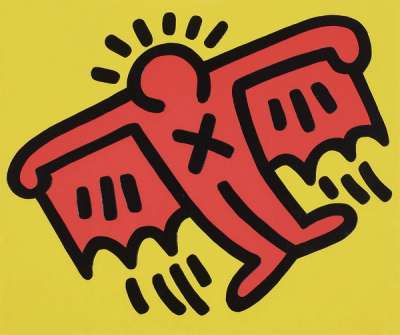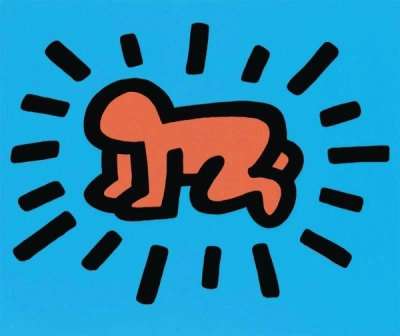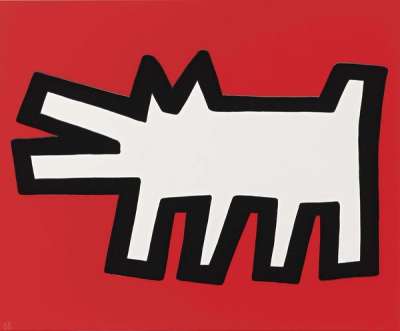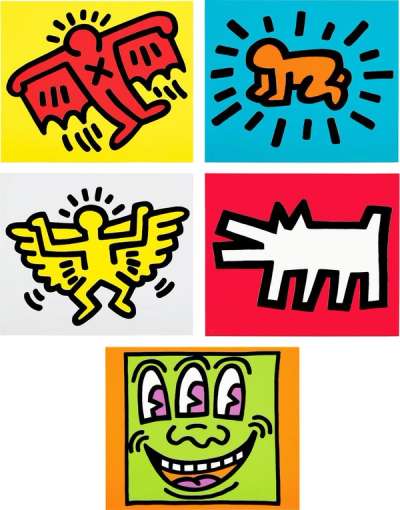
Three Eyed Monster

Three Eyed Monster
Signed Print
Keith Haring
£8,500-£12,500Value Indicator
$18,000-$26,000 Value Indicator
$16,000-$23,000 Value Indicator
¥80,000-¥120,000 Value Indicator
€10,000-€15,000 Value Indicator
$90,000-$130,000 Value Indicator
¥1,640,000-¥2,420,000 Value Indicator
$11,000-$16,000 Value Indicator
AAGR (5 years) This estimate blends recent public auction records with our own private sale data and network demand.
There aren't enough data points on this work for a comprehensive result. Please speak to a specialist by making an enquiry.
Medium: Screenprint
Edition size: 250
Year: 1990
Size: H 53cm x W 64cm
Signed: Yes
Format: Signed Print
TradingFloor
Track this artwork in realtime
Watch artwork, manage valuations, track your portfolio and return against your collection
Track auction value trend
Auction Results
| Auction Date | Auction House | Location | Hammer Price | Return to Seller | Buyer Paid |
|---|---|---|---|---|---|
| March 2023 | Sotheby's Online | United Kingdom | |||
| September 2021 | Bonhams Los Angeles | United States | |||
| June 2021 | Phillips London | United Kingdom | |||
| September 2020 | Phillips London | United Kingdom | |||
| February 2019 | Wright | United States | |||
| October 2012 | Bonhams San Francisco | United States | |||
| April 2008 | Doyle Auctioneers & Appraisers | United States |
Meaning & Analysis
This signed screen print from 1990 is a limited edition of 250 from Keith Haring’s Icons series. Establishing a sinister presence within the series, Three Eyed Monster shows an eager and grinning face with three large eyes looking to the side.It is rendered in flat, saturated colours and thick outlines. Haring’s choice of colour and subject gives this print a garish and jarring quality that emphasises both the playful and grotesque in his work.
The Icons series works to bring together some of Haring’s most iconic symbols and the Three Eyed Monster is one that occurs repeatedly throughout his work. Used as a symbol for greed by Haring, this image uses light-hearted imagery and a cartoonish visual language to critique the proliferation of capitalism in 1980s New York. Haring used his art to oppose the negative effects of capitalism and mass consumerism, undoubtedly inspired by the Pop Art movement of the 1960s and his friend, Andy Warhol. As evidenced by his famous Pop Shop, Haring conflated high art with commercialism and so claimed to mirror the capitalist world that he lived in. This print shows Haring’s use of flat, artificial colours that mimic the mass-produced nature of the world he was critiquing.
Three Eyed Monster is uncompromising in its positive, comic tone. However, upon closer examination Haring’s subject carries menacing connotations about greed and hellishness. Adopting a system of expression inspired by Egyptian hieroglyphics, Haring’s syntax of signs create a universal language and a true public art charged with moral weight.
Keith Haring was a luminary of the 1980s downtown New York scene. His distinctive visual language pioneered one-line Pop Art drawings and he has been famed for his colourful, playful imagery. Haring's iconic energetic motifs and figures were dedicated to influencing social change, and particularly challenging stigma around the AIDS epidemic. Haring also pushed for the accessibility of art by opening Pop Shops in New York and Japan, selling a range of ephemera starting from as little as 50 cents. Haring's legacy has been cemented in the art-activism scene and is a testament to power of art to inspire social change
